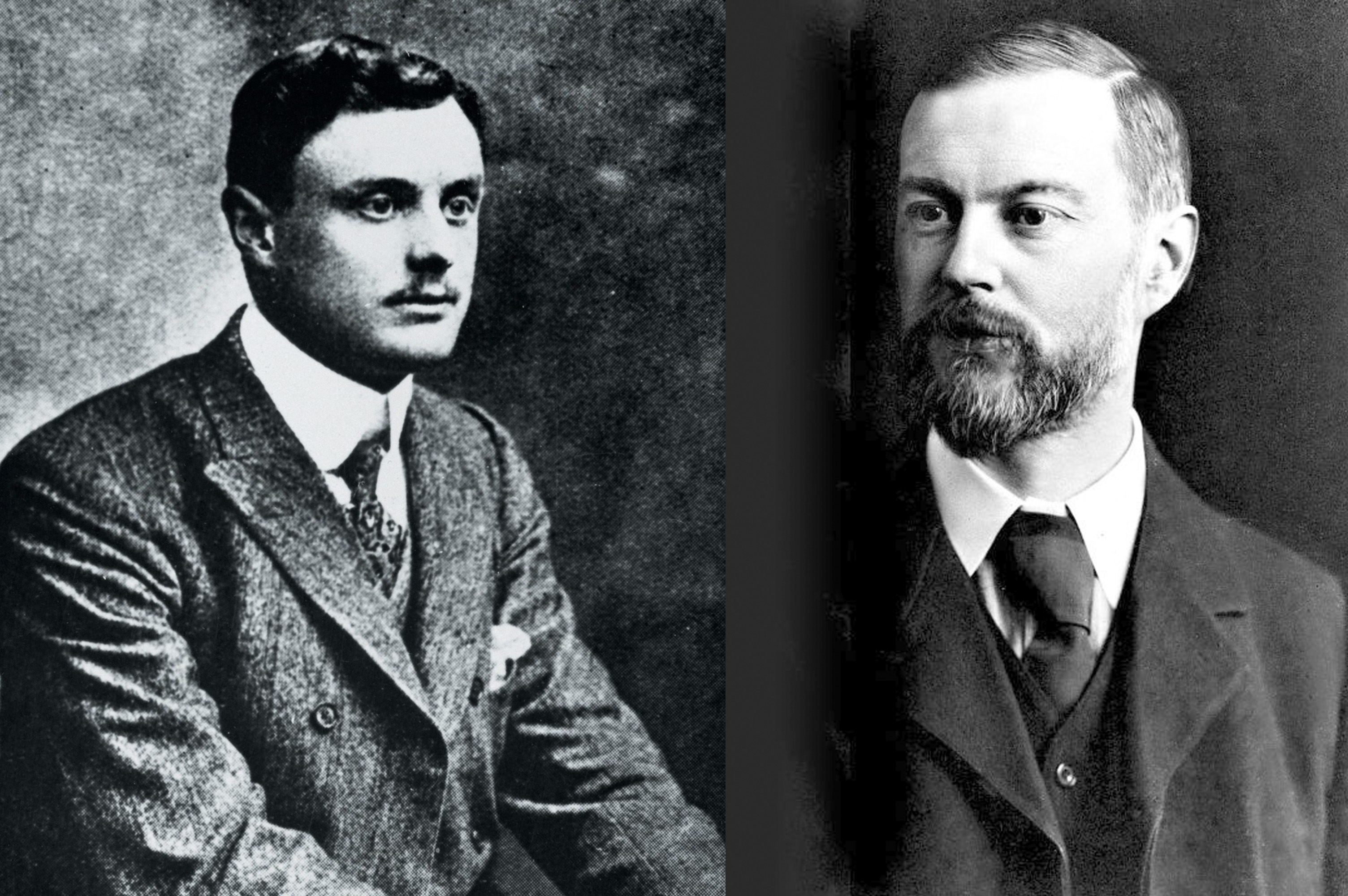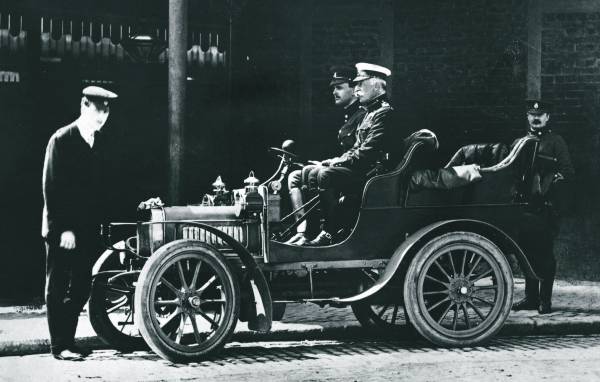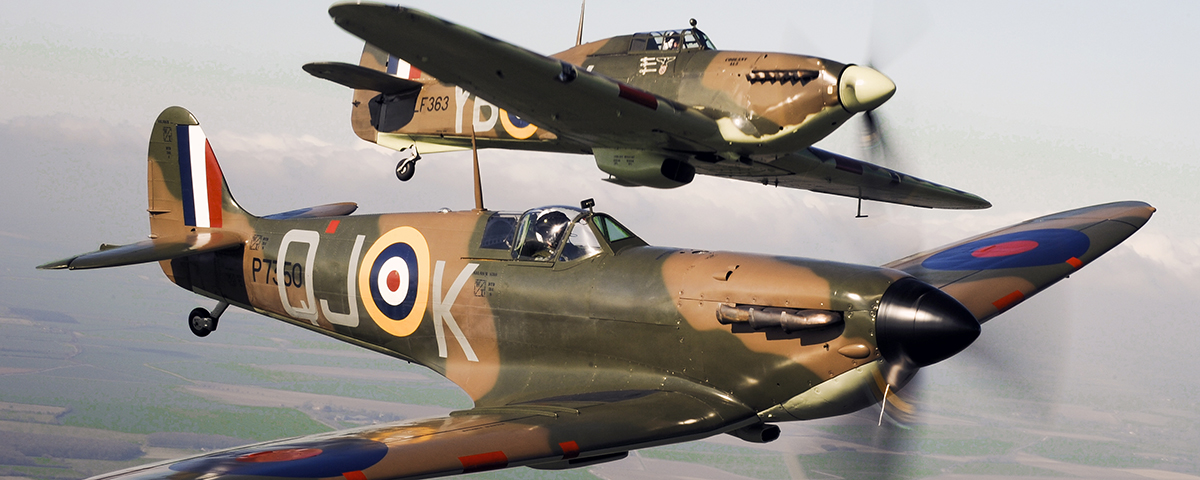A Tale of Two Eras
Rolls-Royce is a name that has become synonymous with luxury, precision engineering, and timeless design. However, the brand that once defined opulent automobiles has undergone a dramatic evolution over the decades. Originally established as an automobile company in the early 20th century, Rolls-Royce has since split into two distinct entities: Rolls-Royce Motor Cars and Rolls-Royce Holdings, the latter focusing on aerospace and industrial engineering. This article delves into the history of the original Rolls-Royce and compares it to the modern-day Rolls-Royce Holdings, examining their trajectories, contributions, and legacies.


The Birth of Rolls-Royce:
A Legacy of Elegance
Founded in 1904 by Charles Rolls and Henry Royce, the original Rolls-Royce emerged as a benchmark for quality and innovation. The partnership was born out of Royce’s engineering brilliance and Rolls’s business acumen. Together, they created a brand that would dominate the luxury automobile market for decades.
The first model, the Rolls-Royce 10 HP, debuted in 1904, but it was the launch of the Silver Ghost in 1907 that cemented the company’s reputation. Dubbed “the best car in the world,” the Silver Ghost epitomized unparalleled craftsmanship, reliability, and sophistication. Rolls-Royce quickly became the car of choice for royalty, heads of state, and the elite.
In addition to automobiles, the company expanded into the aerospace sector during World War I, producing the Eagle engine, which powered several military aircraft. This diversification marked the beginning of Rolls-Royce’s journey into engineering beyond luxury cars.
The Split:
Rolls-Royce Motor Cars vs. Rolls-Royce Holdings
The original Rolls-Royce Limited faced financial difficulties in the 1970s, largely due to challenges in its aero-engine division. This led to the company’s nationalization in 1971. In 1980, the automotive division was sold to Vickers, a British engineering conglomerate. Subsequently, in 1998, Vickers sold Rolls-Royce Motor Cars to BMW. Meanwhile, Rolls-Royce’s aerospace and engineering operations continued under the name Rolls-Royce Holdings.
-Rolls-Royce Motor Cars (BMW Era)
Under BMW’s ownership, Rolls-Royce Motor Cars has focused on maintaining the brand’s legacy of luxury while embracing modern automotive technologies. The company operates independently of Rolls-Royce Holdings and is headquartered in Goodwood, England. Iconic models such as the Phantom, Ghost, and Cullinan have redefined luxury for the 21st century, combining bespoke craftsmanship with cutting-edge technology.
-Rolls-Royce Holdings
Rolls-Royce Holdings, on the other hand, has become a global leader in aerospace, power systems, and defense. Headquartered in Derby, England, the company designs and manufactures engines for civil and military aircraft, as well as power systems for marine and industrial applications. Rolls-Royce Holdings is at the forefront of innovation in sustainable energy solutions, including hybrid-electric propulsion and small modular nuclear reactors.
Comparing the Two Eras
-Focus and Identity
The original Rolls-Royce was a unified brand that excelled in both luxury automobiles and engineering. Today, Rolls-Royce Motor Cars and Rolls-Royce Holdings operate in entirely different spheres. While the former continues the legacy of luxury and exclusivity, the latter embodies engineering excellence and innovation on a global scale.
-Innovation
Innovation has been a cornerstone of both entities. The original Rolls-Royce pioneered advancements in automobile engineering, setting new standards for performance and reliability. Rolls-Royce Holdings, however, has taken innovation to new heights, particularly in aerospace. The company’s Trent series engines, used in commercial aircraft like the Boeing 787 and Airbus A350, are renowned for their efficiency and reliability.
-Market and Audience
The original Rolls-Royce catered to an exclusive clientele, focusing on luxury and status. Rolls-Royce Motor Cars continues this tradition, appealing to a niche market of ultra-wealthy consumers. In contrast, Rolls-Royce Holdings serves a diverse range of industries, from commercial aviation to energy, impacting millions of people worldwide.
-Financial Performance
Rolls-Royce Holdings operates on a much larger financial scale compared to Rolls-Royce Motor Cars. As a publicly traded company, Rolls-Royce Holdings generates billions in revenue annually, driven by its aerospace and power systems divisions. Rolls-Royce Motor Cars, while profitable, operates in a niche market and generates significantly lower revenue.
Contributions to Society
-The Original Rolls-Royce
The original Rolls-Royce not only set benchmarks for luxury automobiles but also contributed to military efforts during both World Wars. The company’s aero engines powered iconic aircraft like the Supermarine Spitfire and the Hawker Hurricane, playing a crucial role in the Allied victory in World War II.
-Rolls-Royce Holdings
Today, Rolls-Royce Holdings continues to make significant contributions to society. The company is a key player in the development of sustainable energy solutions, including hybrid-electric propulsion systems and renewable power technologies. Its aerospace innovations have also made air travel more efficient and environmentally friendly.
Challenges and Controversies
-The Original Rolls-Royce
The financial troubles of the 1970s marked a low point for the original Rolls-Royce. Overreliances on its aero-engine division and difficulties in managing costs led to nationalization, signaling the end of the company as a single entity.
-Rolls-Royce Holdings
In recent years, Rolls-Royce Holdings has faced challenges, including delays in engine production and financial losses exacerbated by the COVID-19 pandemic. However, the company has shown resilience, investing heavily in innovation and sustainable technologies to secure its future.
The Legacy Lives On
While the original Rolls-Royce no longer exists as a single entity, its legacy endures through Rolls-Royce Motor Cars and Rolls-Royce Holdings. Both entities have stayed true to the core values of quality, innovation, and excellence that Charles Rolls and Henry Royce envisioned over a century ago. Whether it’s crafting the world’s most luxurious automobiles or pioneering advancements in aerospace engineering, the spirit of Rolls-Royce continues to inspire.
In the end, the story of Rolls-Royce is a testament to the enduring power of innovation and adaptability. From its origins as a luxury car manufacturer to its evolution into a global engineering powerhouse, Rolls-Royce remains a symbol of excellence that transcends industries and generations.
(Click notification ![]() for more updates)
for more updates)
Artical was written by V.Harishram
''Stay true, bring facts to you''

